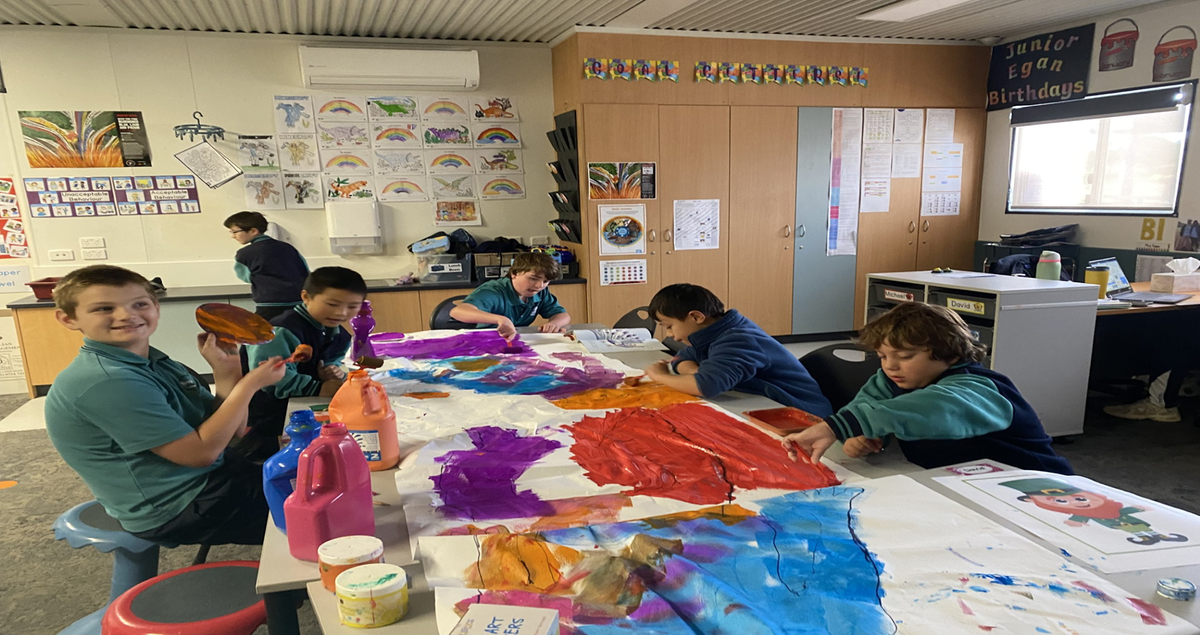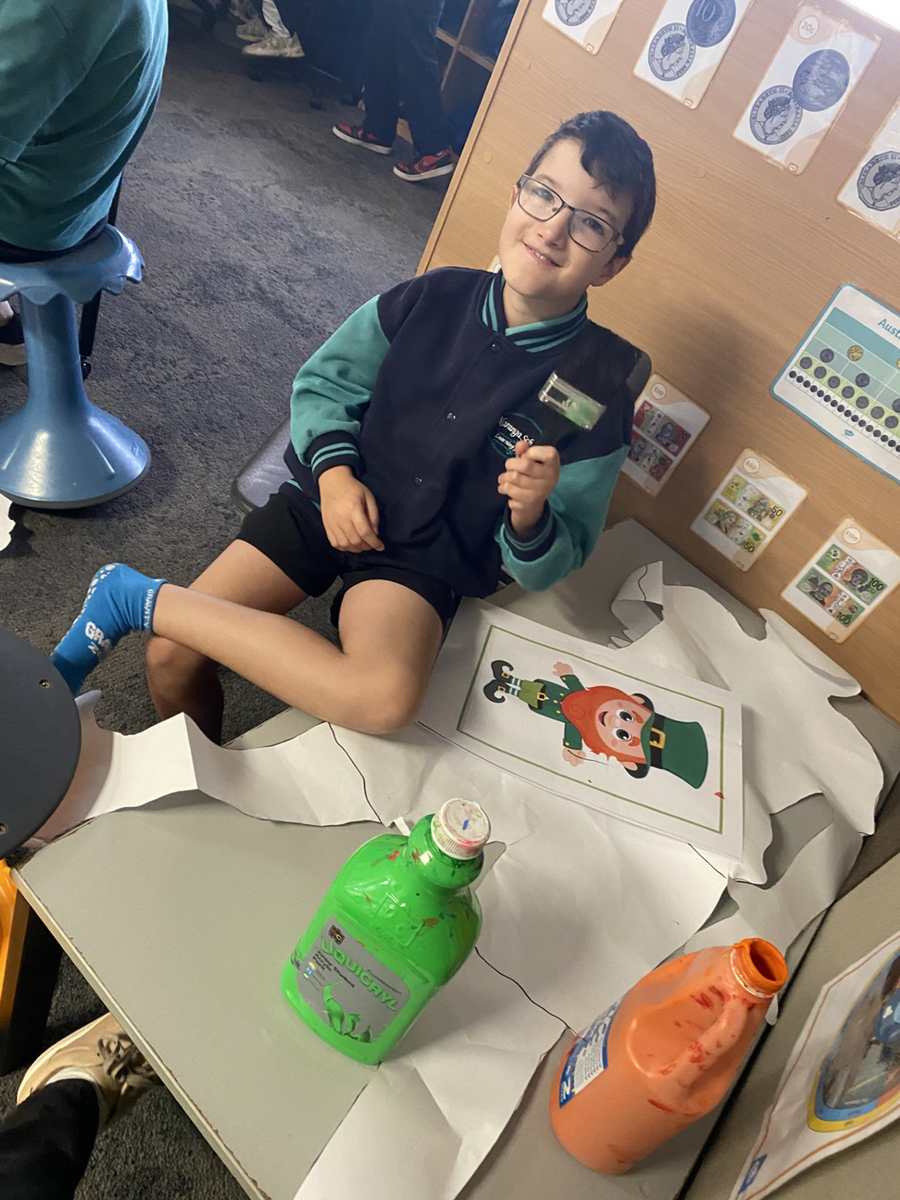ART

For both St. Patrick's Day and Harmony Day celebrations, you can create two exciting and educational artistic activities for junior students. These activities will not only allow the children to engage with different cultural traditions but also help them understand the significance of inclusion and diversity while enhancing their creativity through hands-on art. Here’s how you can approach each day:
1. St. Patrick’s Day - Exploring Irish Tradition through Art
Theme: Irish Culture, Parades, and SymbolismObjective: To introduce students to Irish culture, St. Patrick's Day traditions, and the colors (green and orange) while focusing on hand-drawn designs and painting.
Materials Needed:
- White paper or canvas for each student
- Green, orange, and gold paint (or markers/crayons)
- Brushes and water cups (if using paint)
- Stencils or examples of Irish symbols like shamrocks, leprechaun hats, rainbows, or Celtic patterns
- Picture references of St. Patrick's Day parades (such as the Moomba Parade in Melbourne)
Steps:
- Introduction (10-15 minutes):
- Talk About St. Patrick's Day: Briefly explain the history of St. Patrick’s Day, focusing on Irish culture, the importance of the color green, and the significance of parades like the Moomba Parade in Melbourne.
- Discuss Parades: Show pictures or videos of the Moomba Parade in Melbourne and other Irish parades. Talk about the vibrancy, colors, and costumes, and how they celebrate Irish heritage and culture.
- Hand Drawing & Design (15-20 minutes):
- Have the students draw their own hand designs or shapes. These could include shamrocks, leprechaun hats, rainbows, or simple parade float designs. Encourage them to use lines, curves, and patterns to make their designs exciting and dynamic.
- They can draw their hands with different patterns inside or have their hands holding objects related to the holiday, like pots of gold, shamrocks, or even a leprechaun's hat.
- Painting (15-20 minutes):
- Instruct the students to paint their designs using primarily green and orange, which are the prominent colors associated with St. Patrick’s Day and Irish tradition. Gold can also be used to add sparkle or reflect the idea of leprechauns’ treasure.
- As they paint, discuss how these colors connect to Irish culture. Green represents the lush countryside, while orange reflects the Protestant Irish community. Encourage students to blend and layer the colors creatively.
- Reflection & Sharing (10 minutes):
- Ask students to share their artwork and explain what aspects of Irish culture or St. Patrick's Day traditions they chose to reflect in their designs. Discuss the significance of the parade and how art can represent cultural celebrations.
2. Harmony Day - Exploring Inclusion through Rainbow Colors
Theme: Diversity, Inclusion, and BelongingObjective: To foster understanding of diversity and inclusion by using rainbow colors to create colorful line art, concentrating on the primary and secondary colors.
Materials Needed:
- Paper or canvas for each student
- Markers, crayons, or colored pencils in primary (red, yellow, blue) and secondary (green, orange, purple) colors
- Pre-drawn outline shapes (such as hearts, circles, or abstract forms representing unity)
- Rulers or templates for creating different line forms (straight, wavy, zigzag, etc.)
Steps:
- Introduction (10 minutes):
- Talk About Harmony Day: Introduce Harmony Day and explain the concept of inclusion, highlighting how all people, regardless of background, come together to create a harmonious community.
- Rainbow Colors: Discuss the significance of the rainbow and how each color represents diversity, with the whole rainbow coming together to form unity.
- Outline Drawing (10-15 minutes):
- Give students pre-drawn outlines to color in. The outlines could be simple shapes like hearts, circles, or interconnected forms that reflect unity and connection.
- You can also encourage them to create their own abstract designs that represent inclusion and harmony through their lines.
- Coloring & Painting (15-20 minutes):
- Ask students to color their outlines using the primary and secondary colors. Encourage them to experiment with different line forms, such as zigzags, curves, and straight lines, while coloring the shapes.
- Focus on how the colors blend together, symbolizing the beautiful combination of diverse people and cultures.
- Reflection & Display (10 minutes):
- Have students reflect on what the rainbow colors and line forms represent. You can ask questions like, “How do the colors come together to make something beautiful?” or “How do you see your artwork reflecting the message of Harmony Day?”
- Display the completed artwork as a collaborative mural to show how every student’s piece contributes to the overall theme of inclusion and diversity.



